Landscape photography can preserve and capture our planet in ways that no other medium can. On the other hand, going to some locations can cause irreparable damage to them – all in the name of getting another shot for Instagram.
There has been some controversy over recent years about photographers and influencers who trample over beautiful and exotic locations in the name of getting a great shot. How can you maintain a gorgeous portfolio whilst also avoiding damage to the planet? Here are some tips you absolutely must follow as a responsible and conscious landscape photographer.
Pay attention to signs
The first thing you should always do is respect and pay attention to signs posted at any location. Often, either the local authority or the landowner will put up a sign requesting that you don’t go past a certain point, don’t stand on flowers or vegetation, and avoid touching or removing elements of the landscape.
Sadly, many people ignore these signs, to the detriment of the landscape. Just take the lavender fields that were famously crushed and ruined by Instagrammers flocking in their droves! Though the landowners, who rely on the lavender for their income, begged visitors not to go beyond the fence, they did so in their thousands. The plants were destroyed by the passage of so many feet.
The result of ignoring signage is that you either put yourself or the planet in danger. Is it worth capturing a beautiful landscape if you ruin it forever by doing so?
Respect the signs, even if no one else does. And if the location you are photographing has inspired this kind of Instagram-famous flocking of droves to capture it, perhaps you should stay away instead of encouraging others to visit.
Know your carbon footprint
Pollution is choking our planet, and the impact of mankind is already so bad that scientists are telling us it will never fully recover. Even if we all changed our habits right now and became as eco-conscious as possible, some of the damage is inevitable.
With that in mind, think about how you capture the landscapes that you admire so much. Do you drive there in a vehicle which uses gas, contributing to the pollution of the atmosphere? Do you fly in a plane? Do you take snacks with you in single-use plastic wrapping, and dispose of this plastic at the location?
There are lots of ways to travel, and some are far better than others. Consider using public transport, such as trains, to reach your destination, or driving an electric vehicle which produces less emissions and uses less non-renewable energy. Change your shopping habits, and make absolutely sure that you do not litter at your location – whether intentionally or by dropping or losing things to the wind. If you don’t take plastic with you, it can’t go into the environment.
Hiking is much better for the environment once you get to your location, as opposed to driving around between viewing points. You’ll also get to see more of the landscape, and notice angles which you may not have seen from the car. You could also cycle over longer distances, using the power of your own body rather than an engine to get around.
Offset your contributions
As you will need to travel in order to get to new locations, there is an inevitability that you will have a carbon footprint. If you are a landscape photographer by trade and do this all year round, it will be a larger carbon footprint than the average person, which means that you need to do something to offset it.
Here are some idea for reducing and offsetting your carbon footprint, so that you can reduce the damage you are doing to the world:
- Plant trees, either at home or by contributing to a charity which does this in needy areas
- Book flights or other transport with companies which have carbon offset policies in place
- Donate money to carbon offset companies, after calculating the carbon cost of your travel
- Use solar panels to power your own home, or another form of renewable energy
- Choose airlines which have lower carbon emissions, and newer planes which are usually more carbon efficient
- Spend extra time in each location in order to take shots outside of the brief you arrived with: this could save you from flying again later as you will be able to use these shots for another brief instead of travelling
- Take direct flights, instead of cheaper layovers, to reduce take-off and landing emissions
- Fly economy – the seats are closer together, allowing more passengers on the flight, which means a more efficient form of transport
- Eat locally-produced food only
- Use energy-efficient lightbulbs at home, and hang-dry your laundry rather than using a dryer
Stay close to home
If you are a hobbyist, consider that you don’t need to travel far in order to get great shots.
We tend not to appreciate the landscapes around us because they are too familiar. To viewers from around the world, however, you shots could still be amazing. Take a look around your local area – anywhere that you can drive to in an hour or two. Explore the possibilities which are nearer and see what great shots you can achieve without having to travel far at all.
Even in a busy metropolitan area, you can often travel a short distance and still find amazing landscapes outside of the city limits. Then there’s the cityscape itself, which can offer a lot of great opportunities for dramatic shots or social commentary.
Don’t feel that you always have to travel great distances in order to build an impressive portfolio. You can achieve great results by staying local, and becoming an expert at your particular topography. It’s hard to get anything more than generic and hackneyed shots when you are visiting a new place for a couple of days. Spending months exploring one location and perfecting your eye can yield unique results which will be much more beneficial to your portfolio.
You don’t have to go far to get great shots, and even when you do, you don’t have to ruin the planet. Every choice that you make is a conscious decision to either harm the planet or help it – and as a landscape photographer, you need it to stay alive and vibrant. Knowing how beautiful the earth can be, why would you willingly contribute to its destruction?
Stay conscious and use these tips whenever you go on a landscape shoot – and think about other ways in which you can reduce your personal impact, however small.
Photo license links: Unsplash license, Pixabay license


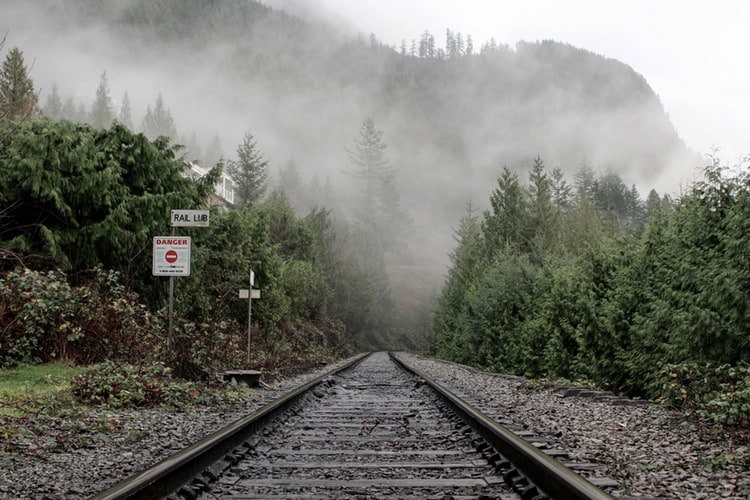

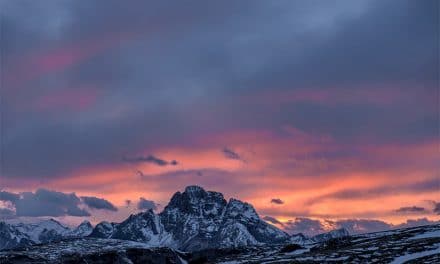
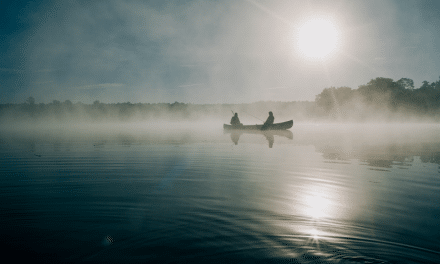
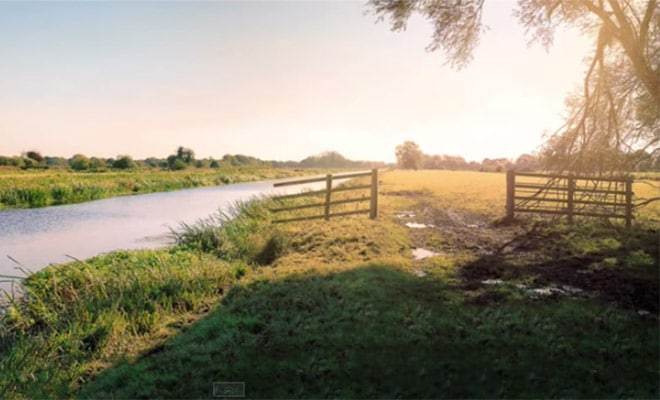
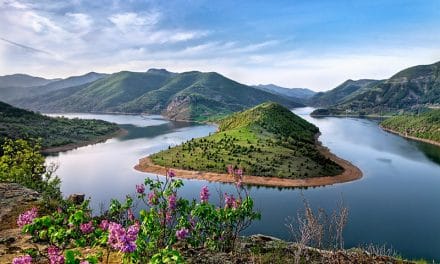





Its ABOUT TIME you started talking about contamination of the planet. We need to talk about this more. I called Canon about a repair once, and the guy on the phone told me to bait wildlife to get a shot. I WAS APPALLED! THIS IS UNETHICAL! We need to discuss “LEAVE NO TRACE” and the requests at each trail head to “STAY ON THE PATH” to avoid further erosion.
People are SO SELFISH they think NOBODY will know. Experienced phtographers WILL KNOW. We should have a manner to report the ones who BREAK THE RULES, and there should be a HEFTY FINE.
ITS AGAINST THE LAW TO BAIT WILDLIFE PERIOD. I AM DISGUSTED WITH CANON FOR THEIR OWN REPRESENTATIVES Telling phtographers to BREAK THE LAW!
I will NEVER BUY ANOTHER CANON PRODUCT
I’m very disappointed in seeing politics infiltrate even a photography article on Landscape shooting!! Many of us (perhaps most of us) turn to photography for a respite from the political climate! And most of the Instagrammers and other social media site posters you talk about are the very same people screaming about climate change and protecting the planet!!!
BTW, the scientific community very much disagrees on the validity of the human footprint causing climate change, and point to natural occurrences on earth being the major factor – meaning we are always moving toward or away from an ice age. Keep politics out of photography, and just talk about how photographers need to respect the subjects they photograph and each other, without getting into polarizing non-photography topics such as degradation of the planet. I haven’t noticed any photographers with chain saws cutting down acres of trees to get a better composition!!